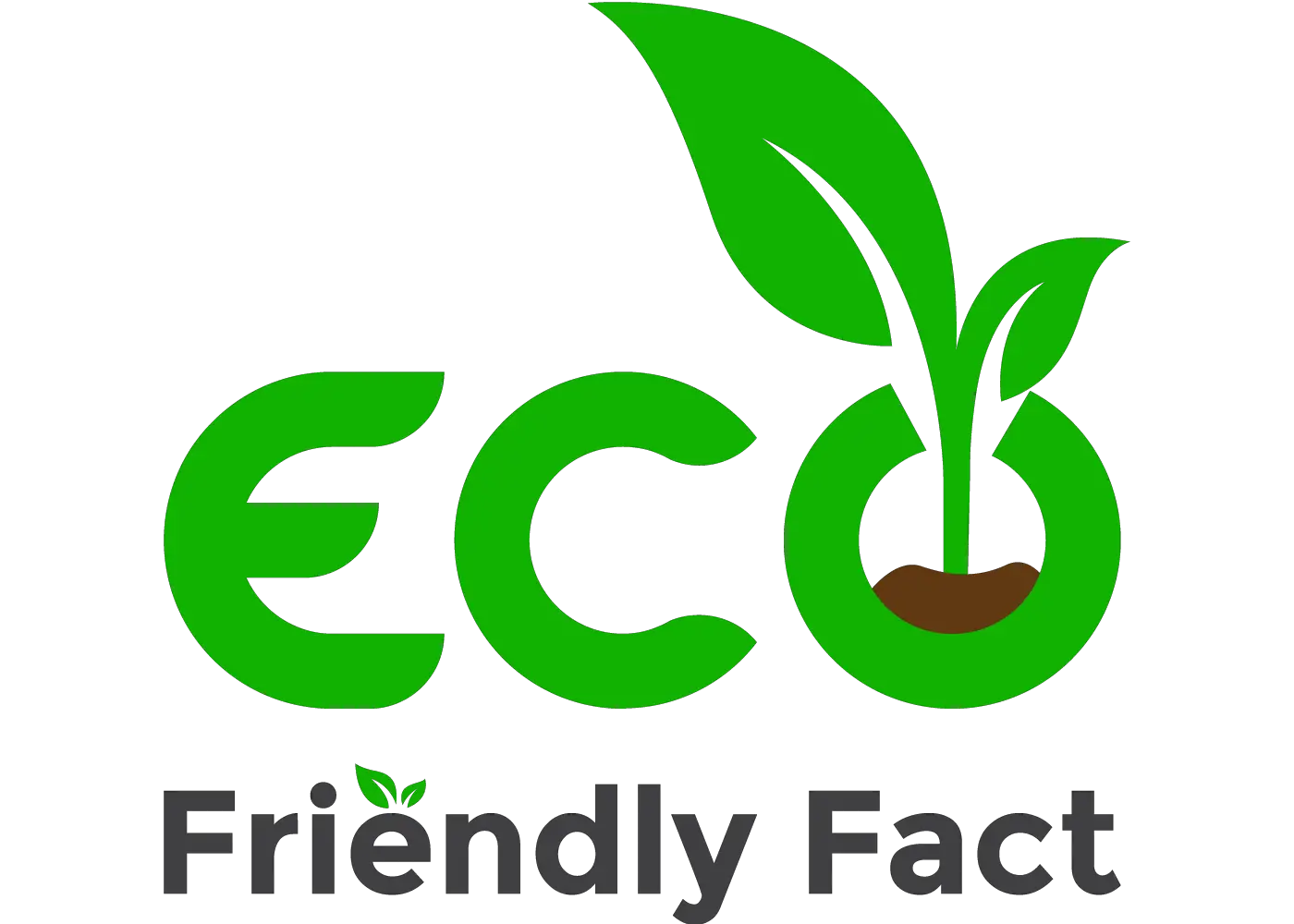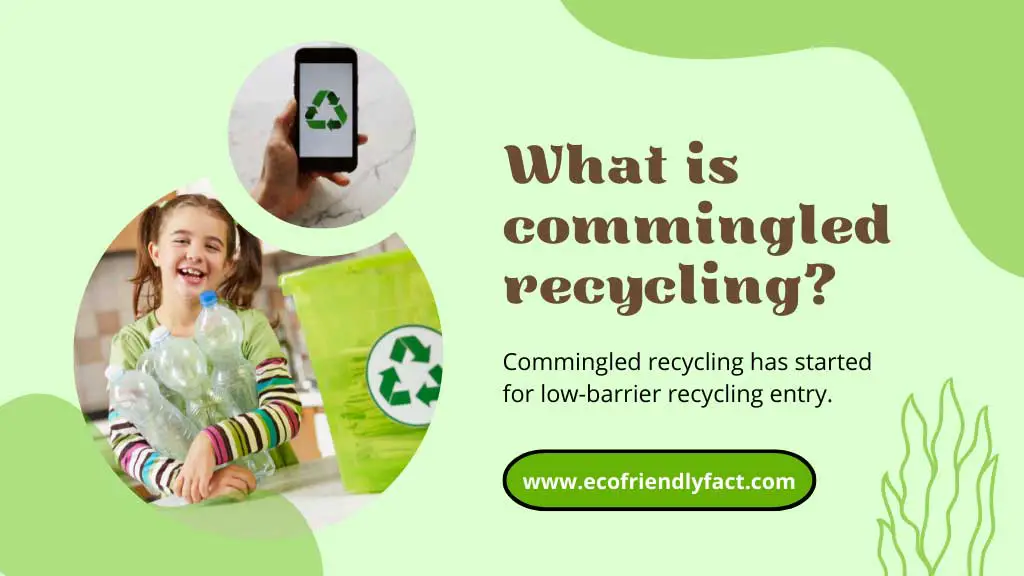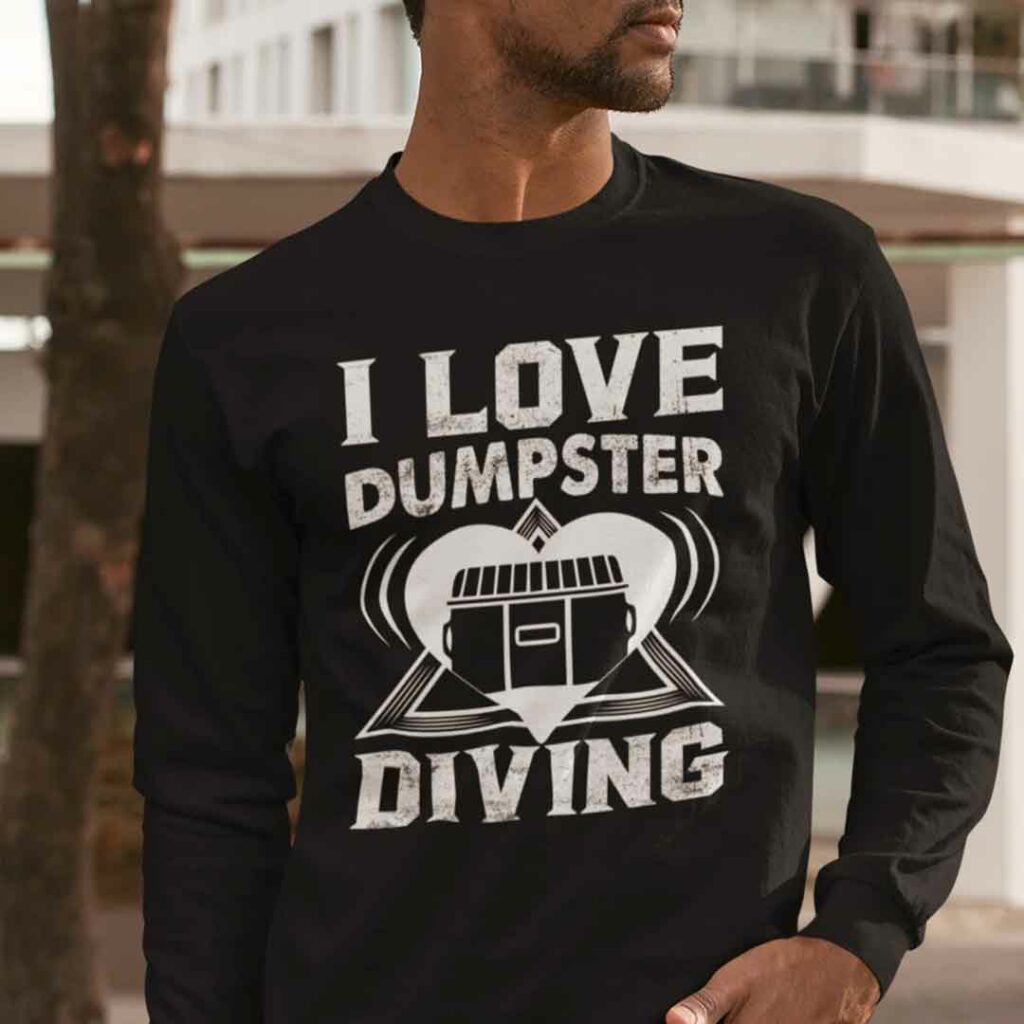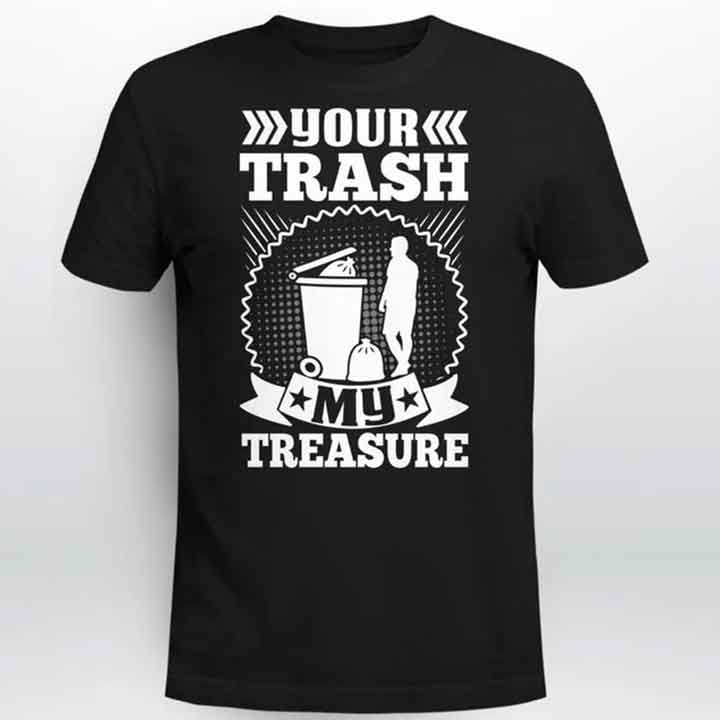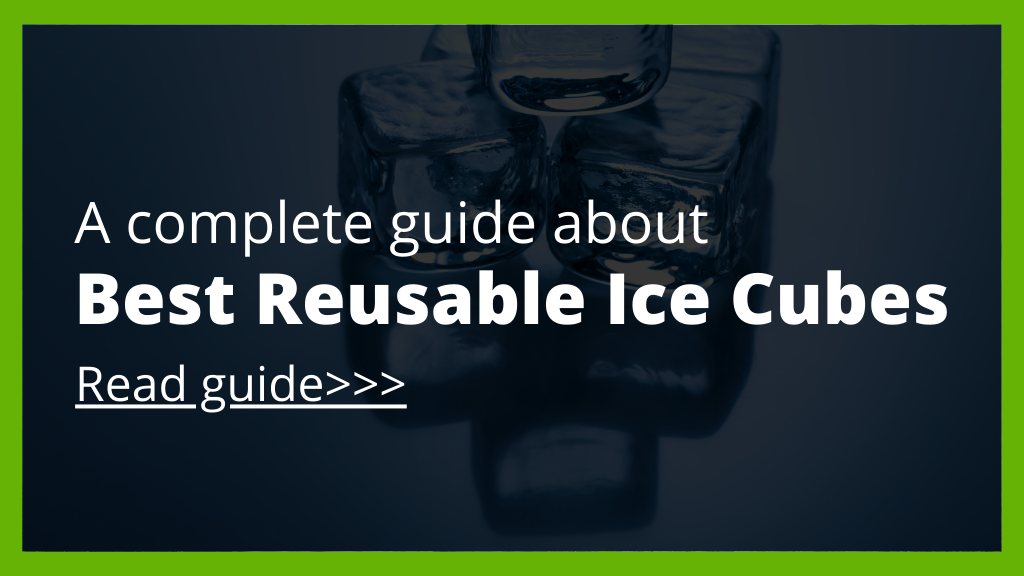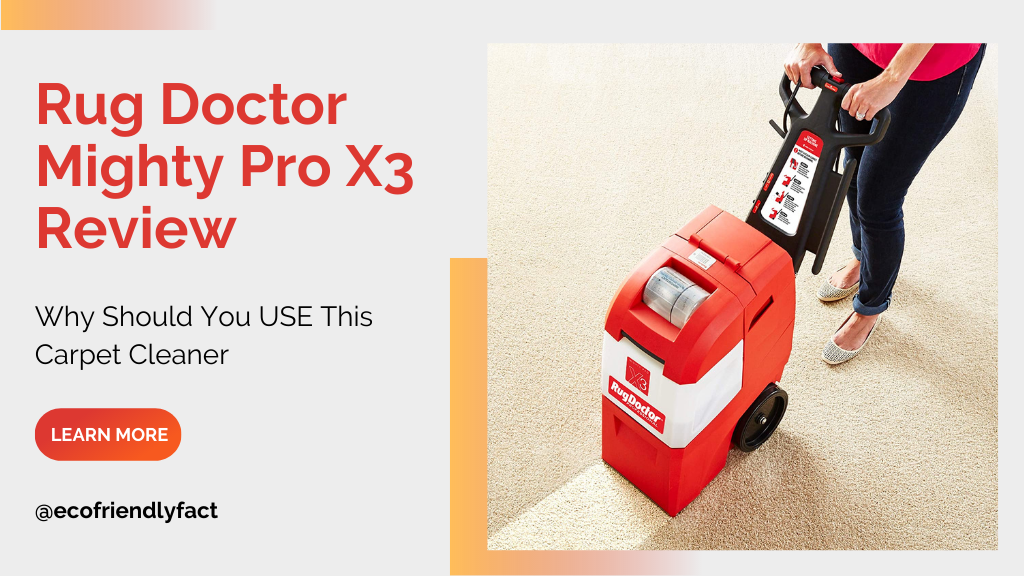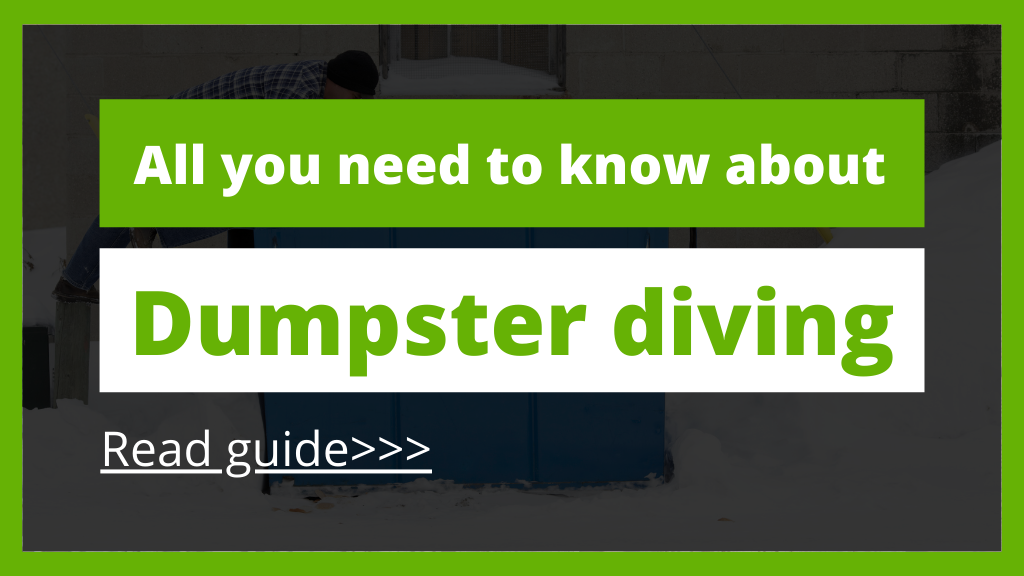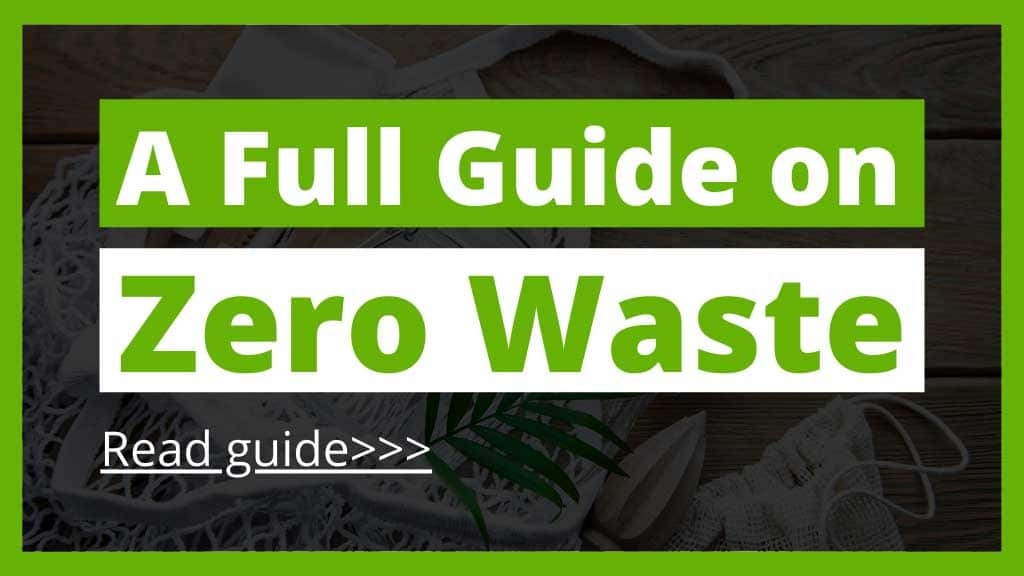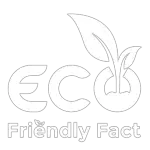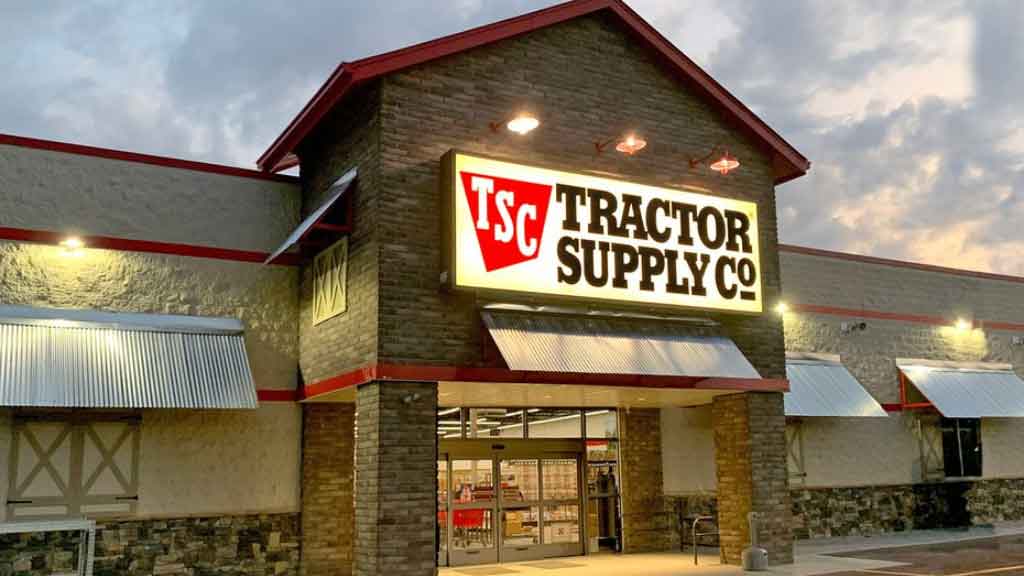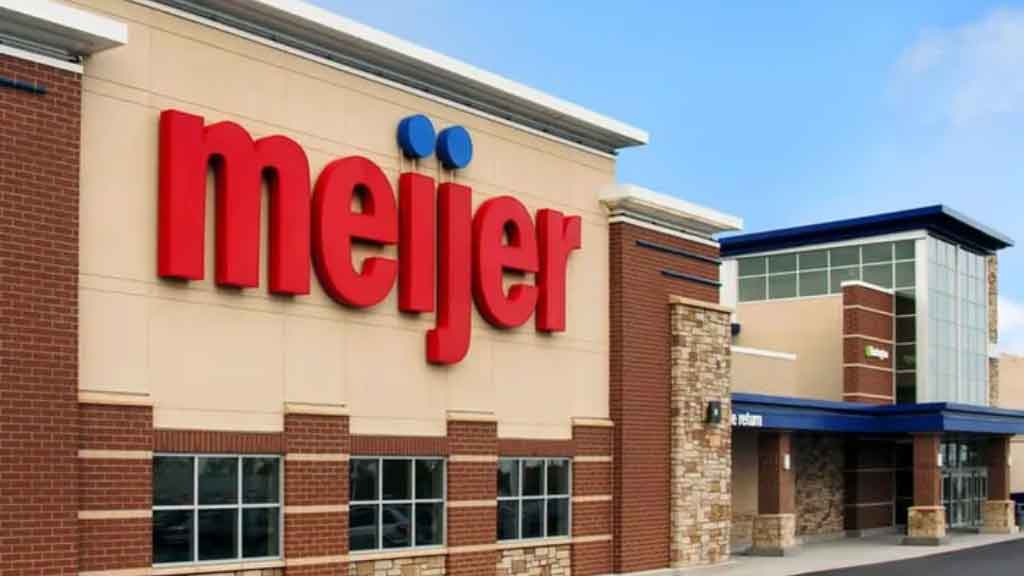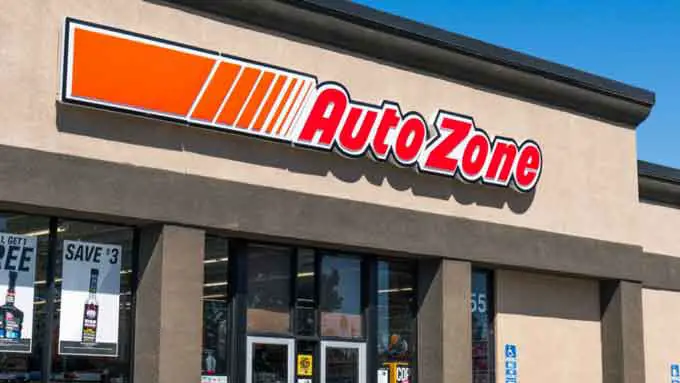In our earlier lives, everyone told us to put different items in different bins for recycling. Municipalities run multiple recycling and sanitation programs with this method. They usually have different pickup times for each material in a week.
However, this isn’t the case due to the emerging concept of commingled recycling. The emergence of what is commingled recycling has made it easier for everyone to recycle.
In this, we will learn about What is commingled recycling, its pros and cons, and how it works to know more about the things in this regard.
So, here we go:
What is commingled recycling?
Commingled recycling is also known as single-sort recycling and single-stream recycling. This is the system in which you can put all your recyclables into one collection truck. You don’t have to manage multiple best outdoor recycling bins outside your house for different materials.
Instead of placing different items into different DIY recycle bins, you will dump all the recycling in a single load. The municipality or any other authority will shift the load to a recycling facility. They will sort all the recyclables and sent them to different manufacturers for further processing.
The recycling facilities now are functioning to handle completely commingled items. These facilities have processing systems and collections systems designed particularly for recycling.
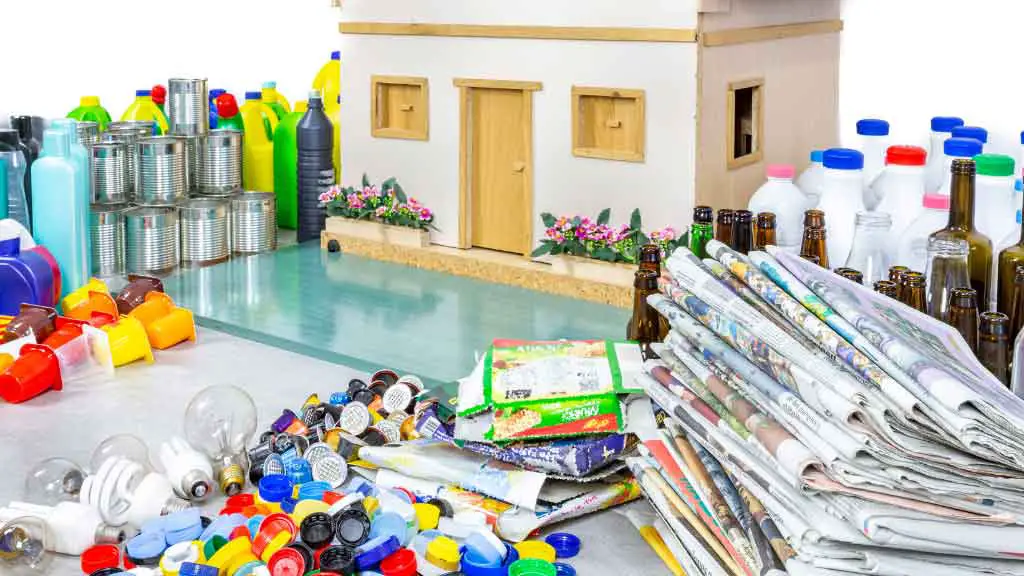
What are commingled recyclables made of?
Usually, commingles recyclables consist of 5 different types of materials. These materials commonly include:
- Cardboard
- Paper
- Steel
- Aluminum
- Glass
Even though these are the most commonly accepted recyclables in commingled recycling. However, acceptable items in the Recycling storage ideas outside may differ across different locations. This list is usually based on the local facility’s capability.
Besides the items we have mentioned above, you can also throw bottles, juice cartons, cans, hand towels, plastic bottles, and other plastic materials in commingled recycling bins.
Multiple recycling programs by municipal authorities are now collecting commingled recycling. However, paper and cardboard are separate from commingled glass, plastic, and metals in some areas.
Authorities usually place commingles recycling bins next to the trash bins. This method is usually one of the leading recycling storage ideas outside as it will make people throw recyclables into commingled bins. Also, they will throw general waste into trash bins.
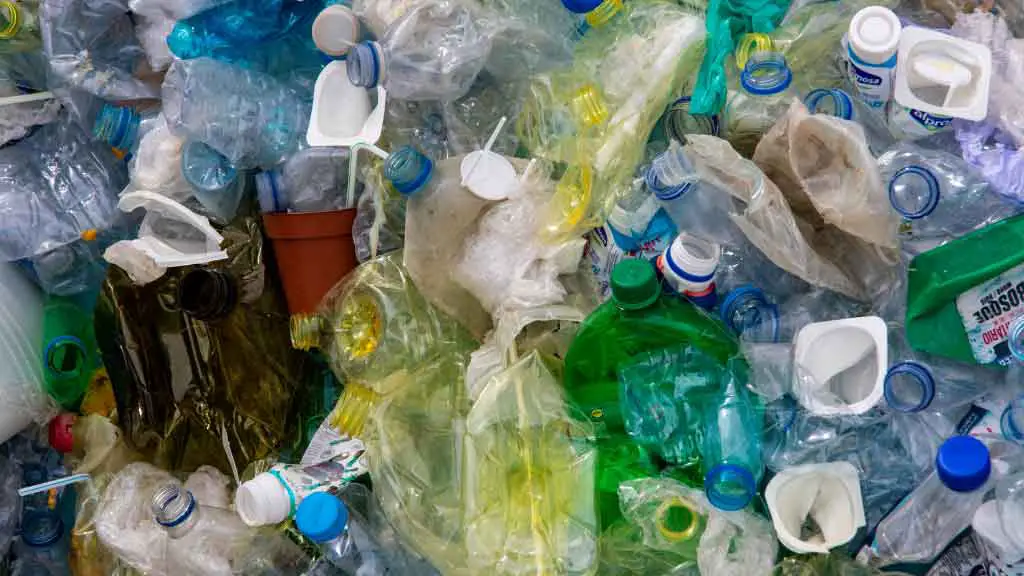
How does Commingled Recycling work?
Commingled recycling has started for low-barrier recycling entry. Even though the practice started in the 1990s in the United States, however, the communities adopted commingled recycling slowly. At present commingled recycling programs are working between townships. Commingled recycling programs generally accept newspaper, plastic, cardboard, paper, glass, and metals.
A truck will collect these recyclables and then transfer them to an MRF. The process of sorting recyclables takes place here. Many facilities have conveyor belts to place these items. Here the staff will sort recyclables and non-recyclable items. All recyclable items will transfer to the deck screens series, where heavier items will go to the bottom screens while the lighter items will stay on the top screens.
At MRF, they use a magnet to remove all metals. The staff here will double-check all sorted items to ensure that everything is in its right place. They will then transfer all the sorted bins to manufacturers or respective recycling facilities to process them into new materials.
This way is how exactly the commingled recycling process works.
Dual-Stream vs. Single-Stream Recycling
Dual-stream recycling and single-stream recycling are two different types of the recycling process. Let’s get to know about the differences between both to understand things better in this regard.
So, here we go:
- Dual-stream recycling uses two different best outdoor recycling bins to place recyclables. In most cases, paper and cardboard-based items go into one bin. On the other hand, glass, metals, and plastic go into the other bin.
At the same time, single-stream recycling uses one bin only to place all recyclables. These recyclables generally include paperwork, cardboard items, metals, glass, plastic, and other materials.
- Moreover, in dual-stream recycling, consumers have more workload than single-stream recycling. They have to sort their recyclable items before submitting them to a recycling facility.
Even though it isn’t a huge task, it often keeps people from recycling as it demands sorting items carefully.
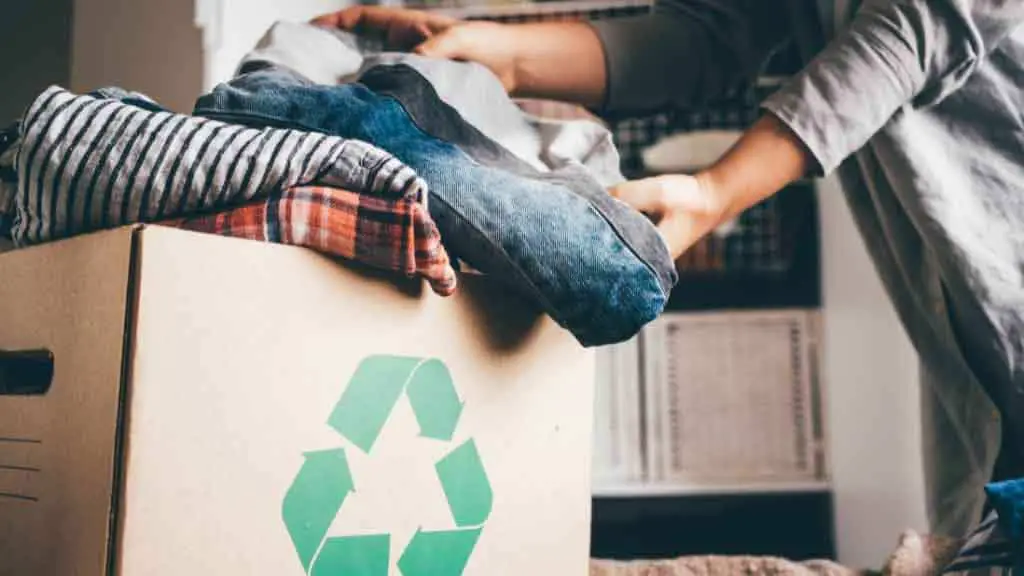
Why Is Commingled Bin Key to Recycling?
Have you ever thought about how can recycling materials lead to environmental sustainability? Well, recycling materials can help generate new products while lowering the environmental impact drastically.
However, commingled bins are key to recycling when it’s about commingled bins. The commingled bin is key to recycling because, when placed smartly, it can help in boosting overall recycling and ensure enhanced environmental stability.
Moreover, everyone can also reduce the cost of waste management by placing a commingled bin. Additionally, commingled recycling costs are considerably lower than a collection of the same size’s general waste bin.
These factors offer room for commingled recycling everywhere. Also, these are the key reasons why commingled bins are a logical next step to recycling at present.
Pros and Cons of Commingled Recycling
Whenever it’s about what is commingled recycling bin, almost everyone also wants to be aware of its pros and cons. Like everything in the world, commingled recycling also has both advantages and disadvantages. Let’s get to know about these pros and cons of commingled recycling below for better understanding:
Pros of commingled recycling
- It is easier for consumers to take part in a commingled recycling program.
- Commingled recycling can impact the recycling and diversion rates positively.
- Technology helps MRF to sort more items in a shorter period with ease.
- Commingled recycling supports efficient collection because trucks collect all items.
- This recycling program can substantially decrease the costs of garbage collection and management. It’s because you will have less waste to dispose of.
Cons of commingled recycling
- It may increase recycling contamination at MRFs.
- Proper sorting staff and equipment are important to manage MRFs.
- Commingled recycling may negatively impact the quality of recycling materials because of mixed collection.
Commingled Recycling Tips
Here are some important tips to follow for commingled recycling:
- Ensure that all recyclables you put in commingled bins are clean.
- Always put empty containers and bottles into the recycling bins.
- If any of your items have any further recycling guidelines, read them properly before putting them into commingled bins.
- Contact your county to know where to dispose of or recycle items, e.g., shredded paper, batteries, medicine bottles, etc.
- Always read labels to avoid any confusion.
- Avoid disposing of any dishware, drinkware, food waste, etc., into commingled bins.
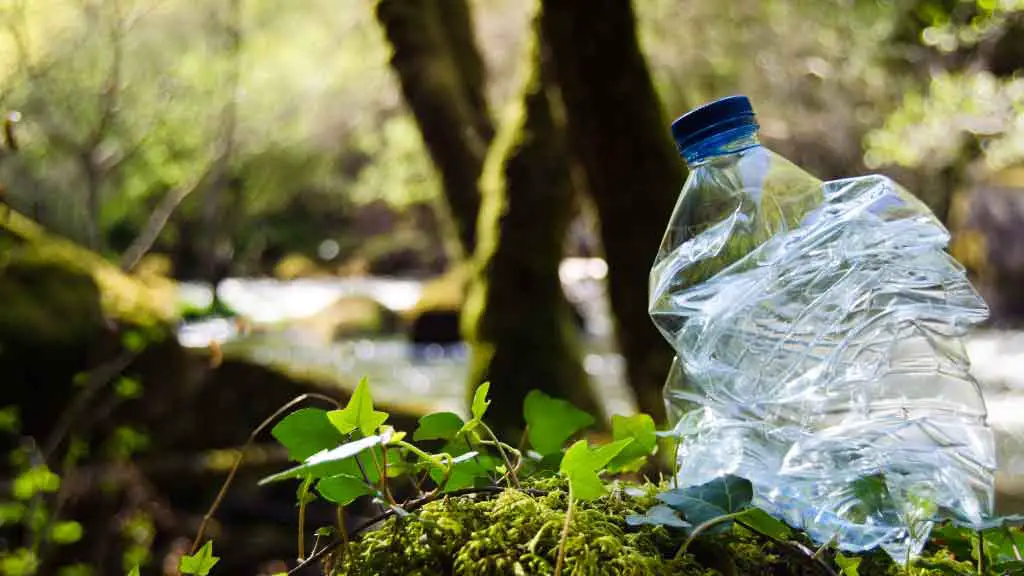
Final Words
So, this is what you need to know about what is commingled recycling. Even though no recycling method is 100% perfect. However, commingled recycling has impacted the cities that have adopted it as their effective waste management plans. It is because commingled recycling increases recycling production drastically.
FAQs
1. Is commingled recycling easier?
On the consumer’s end, commingled recycling is easier. It offers ease to consumers by allowing them to put all their recyclables in one bin only.
2. Is commingled recycling better for the environment?
Straightforwardly, yes. Commingled recycling is better for the environment as it effectively decreases waste management and increases recycling production.
3. How are commingled recyclables separated?
Trucks collect commingled bins from consumers. They then transport the collection to MRFs, where staff separates the recyclables.
4. How is commingled recycling sorted?
Commingled recycling sorting takes place with the help of manpower and technology at MRFs. All the recyclables are transferred to deck screens, where these are sorted. Staff at facilities then double-check the sorted bins for assurance.
